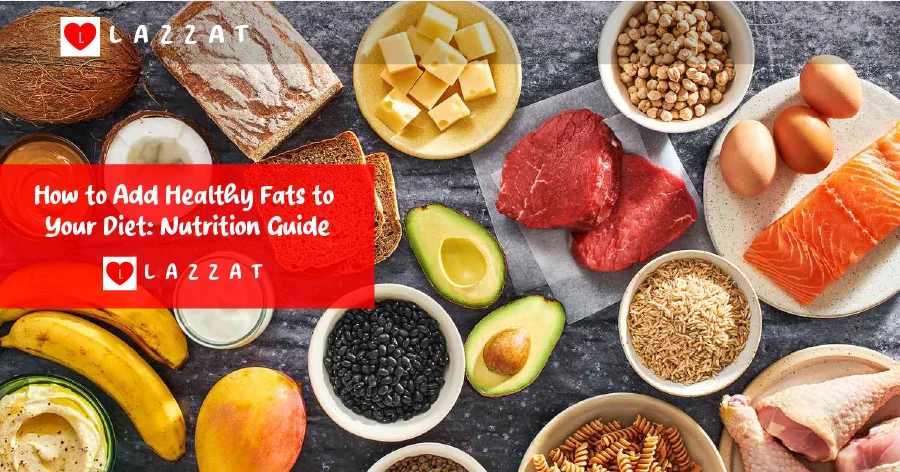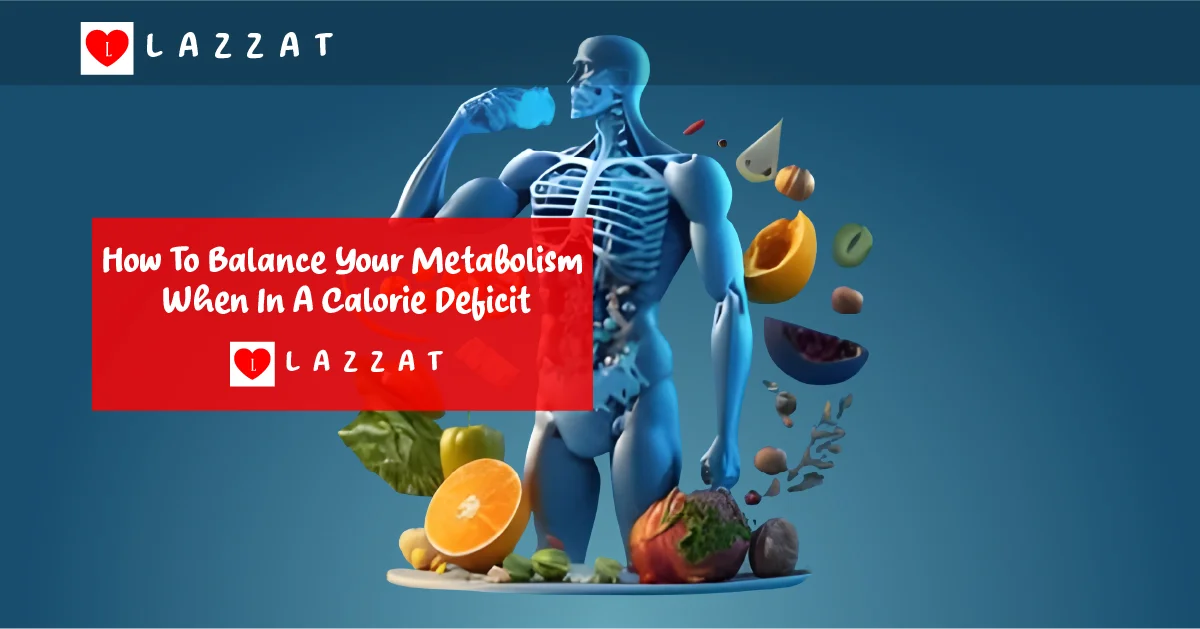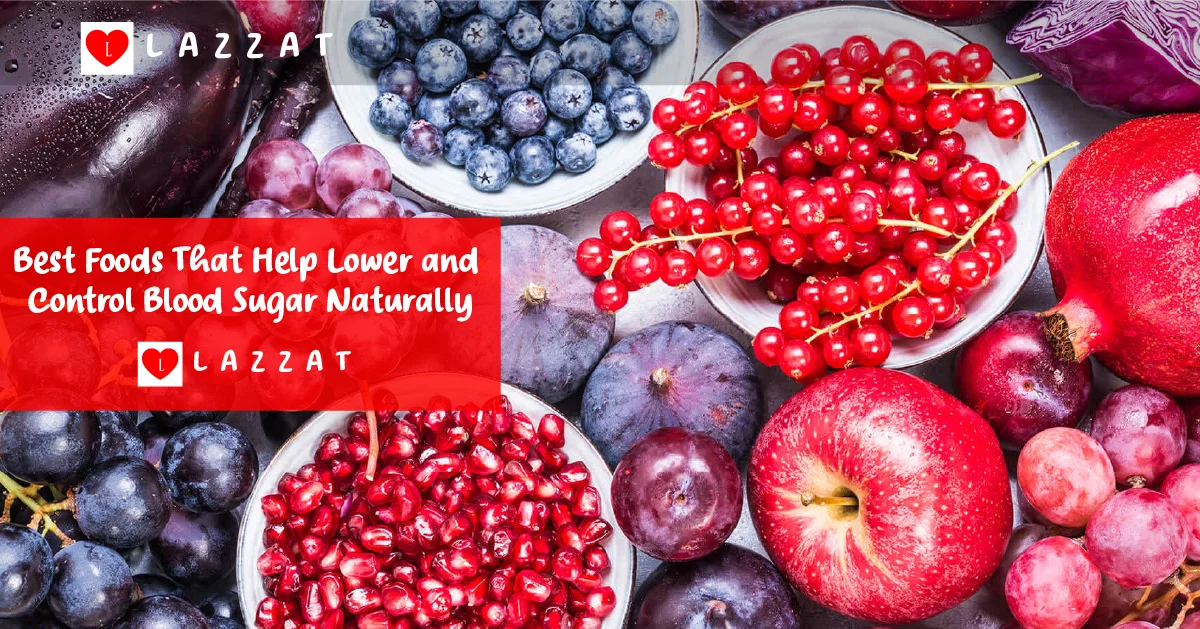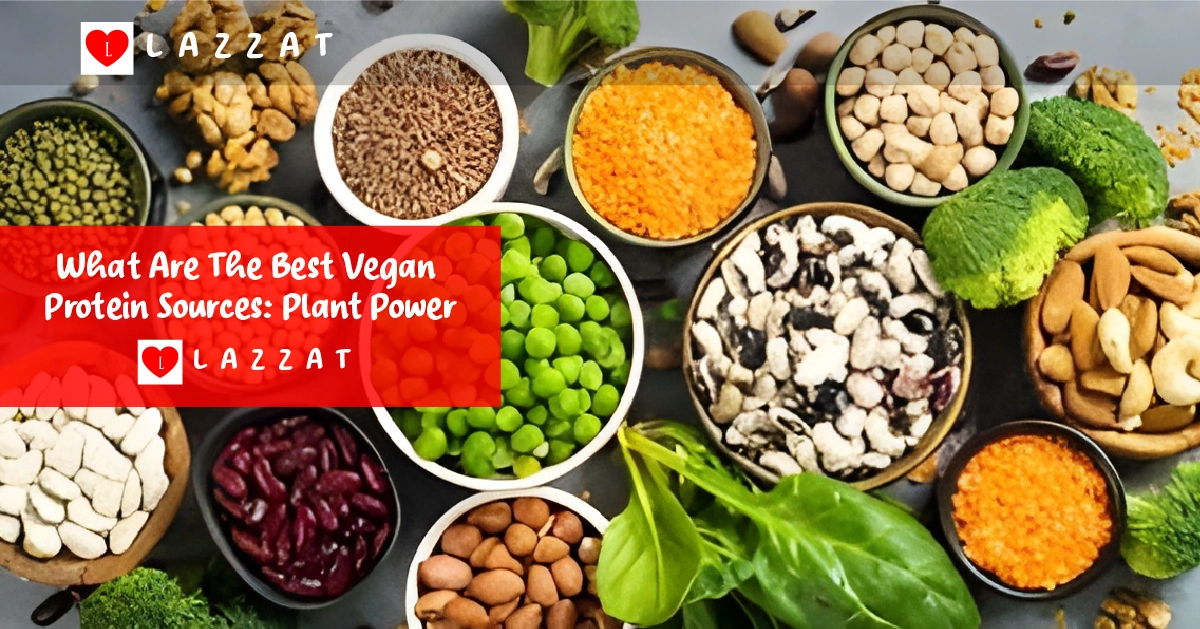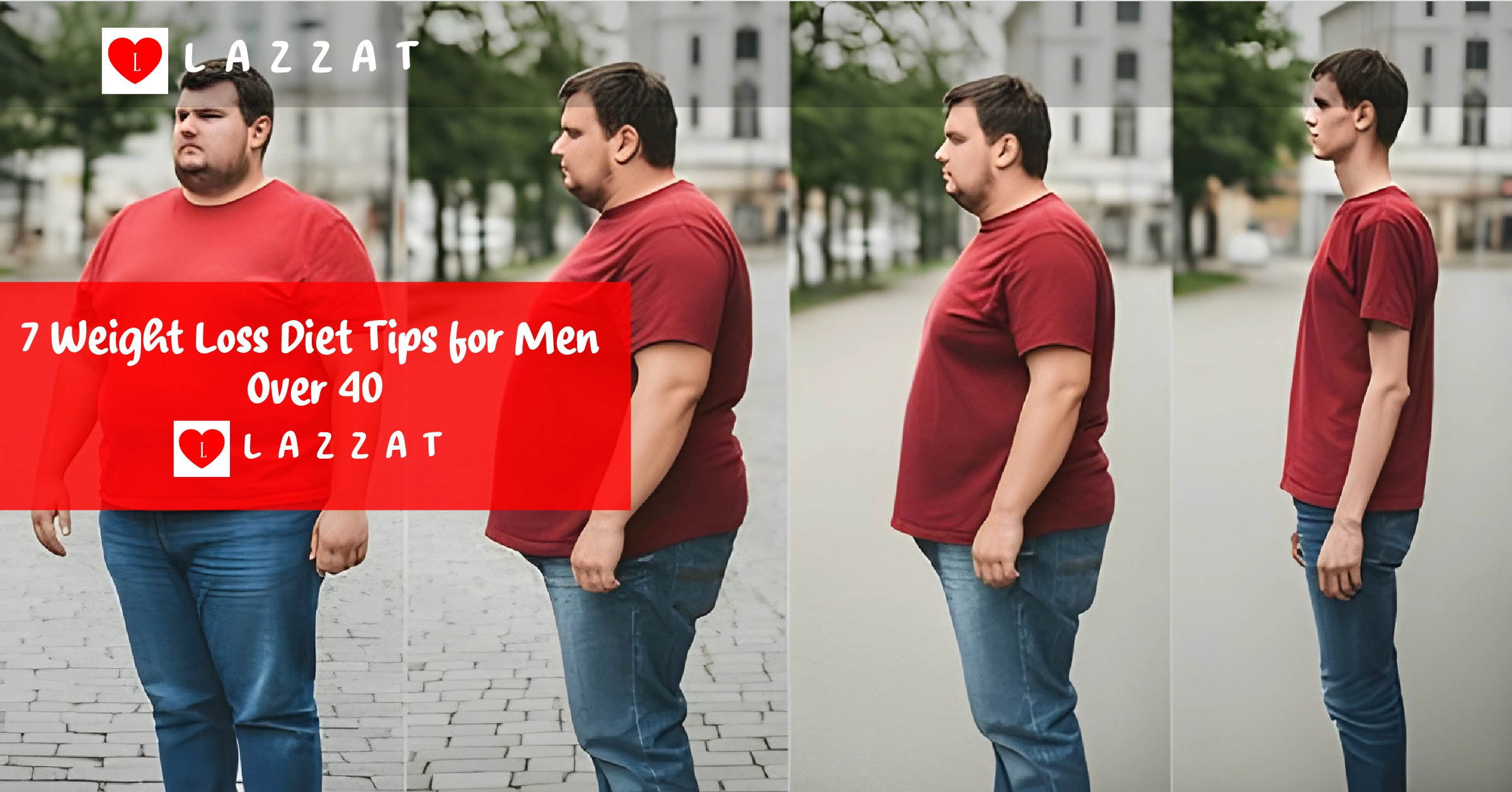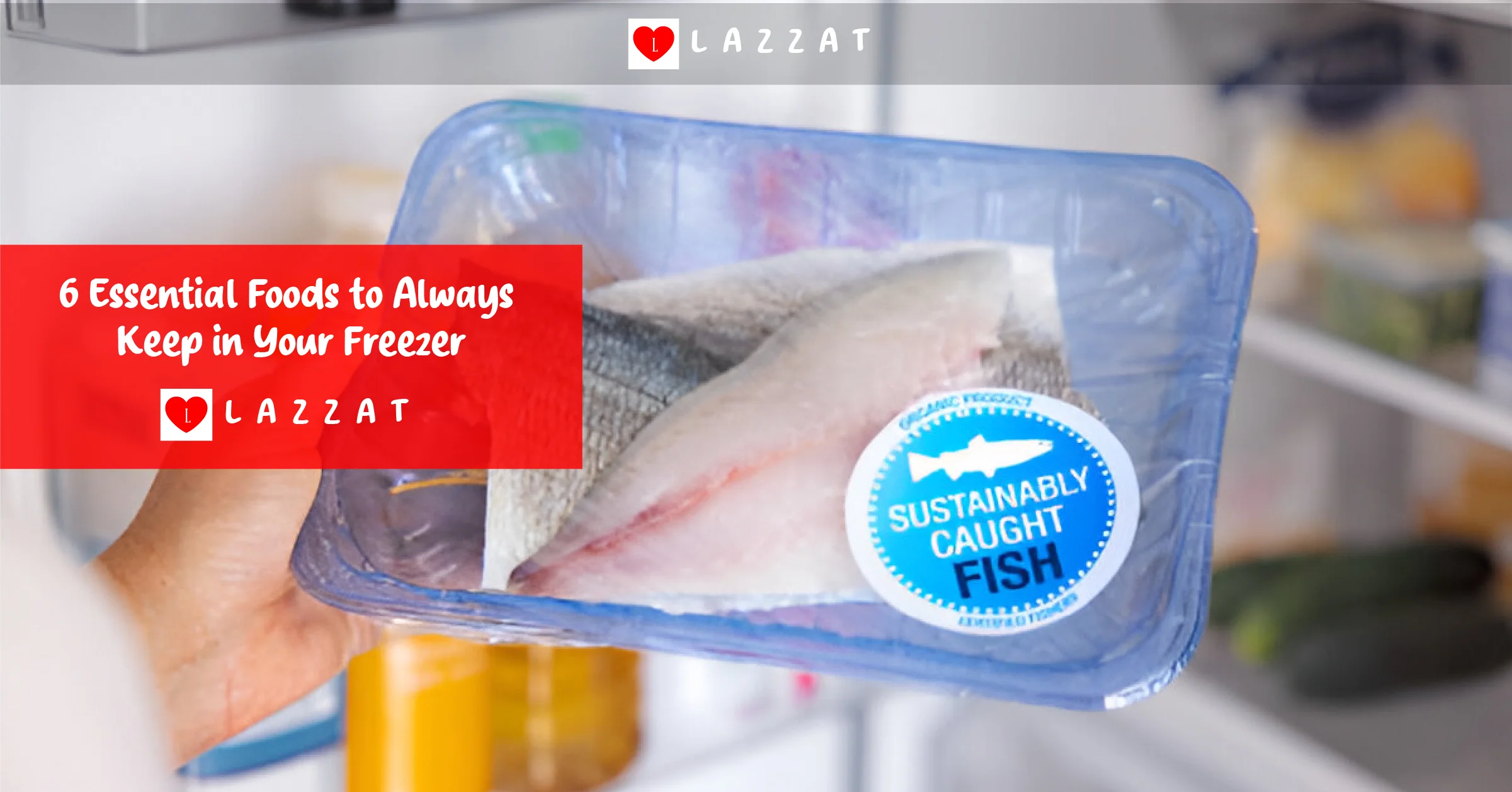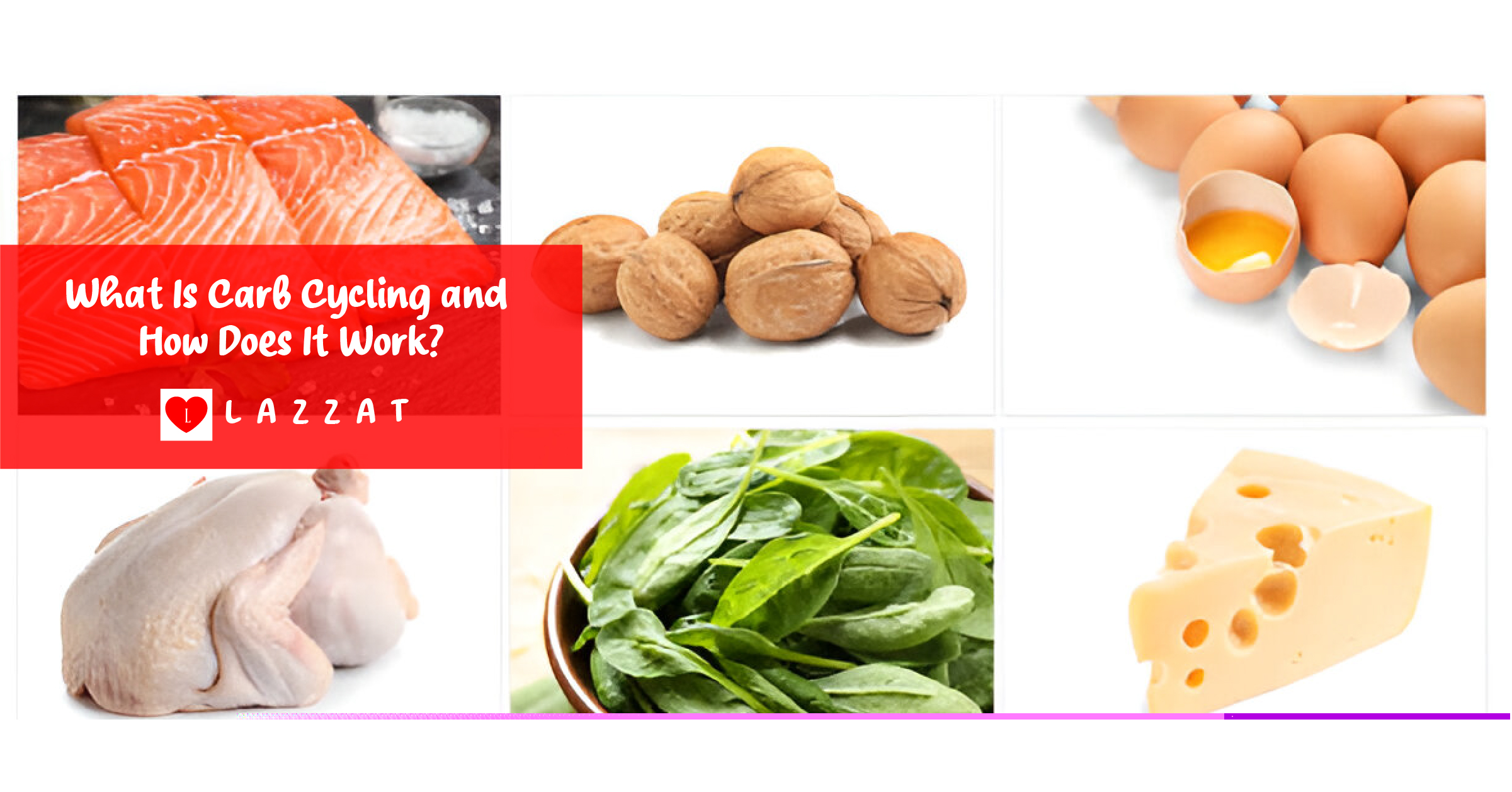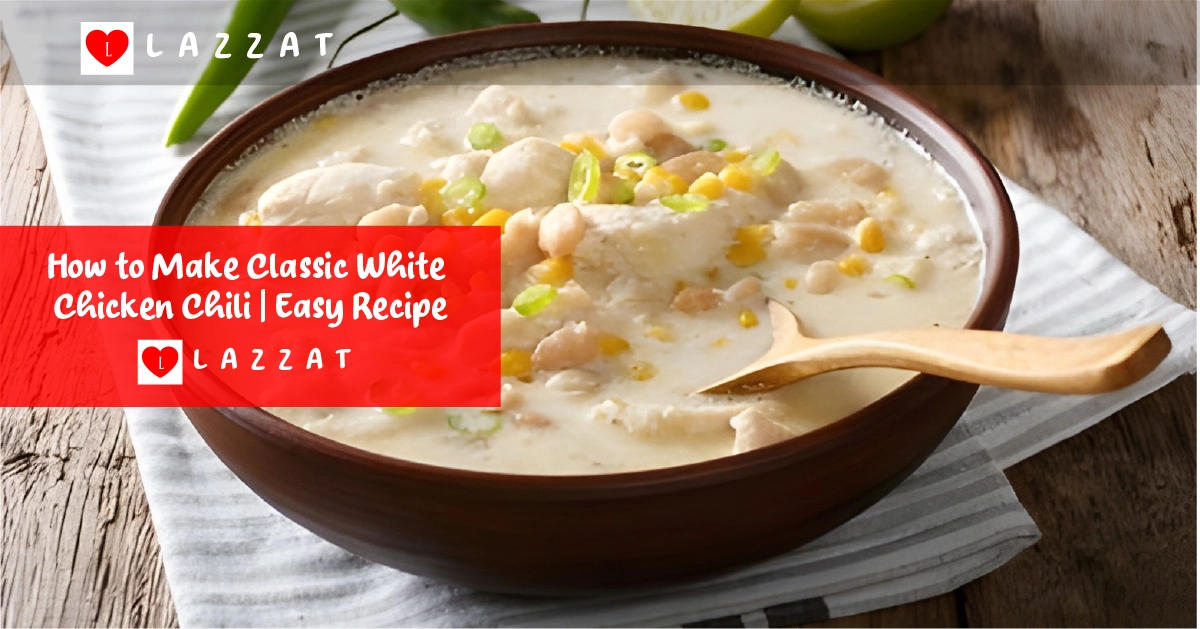Are you tired of feeling like you have to avoid all fats to be healthy? The truth is, not all fats are created equal. Adding healthy fats to your diet can boost your body’s h...
Are you finding it hard to keep your metabolism going when you’re eating fewer calories? Many people start diets, but then their metabolism slows down. This makes it tough to lose weight. But, i...
Are you having trouble keeping your blood sugar levels stable? The secret to managing diabetes or prediabetes might be in your diet. Certain foods can help lower and control blood sugar naturally. Hig...
Ever felt the nasty effects of food poisoning? Getting better from it is tricky, and what you eat and drink matters a lot. This guide will show you the key foods and drinks to help you feel better and...
Are you a vegan or vegetarian looking for protein? You’re in the right place! This guide will show you the best vegan protein sources. You’ll learn about legumes and me...
Facing the challenge of weight loss after 40? As men age, hormonal changes and a slowing metabolism can make it harder to shed those extra pounds. This article offers seven practical tips to help you ...
Ever thought about a secret way to lose weight fast? Apple cider vinegar (ACV) might be your answer. It’s known for many health benefits and is now popular for weight loss. But can drinking ACV ...
Ever thought about which fermented foods could boost your gut health? From the bubbly taste of kombucha to the zesty bite of sauerkraut, fermented foods are ful...

